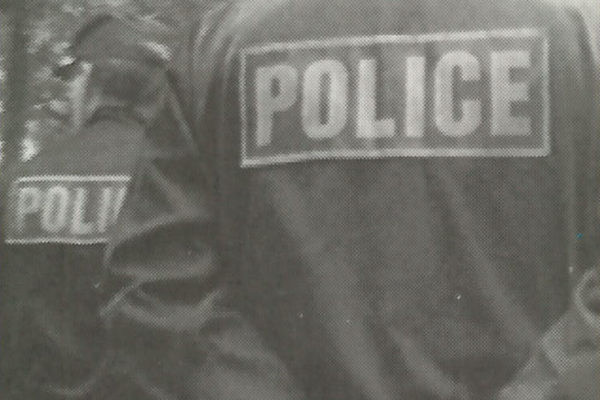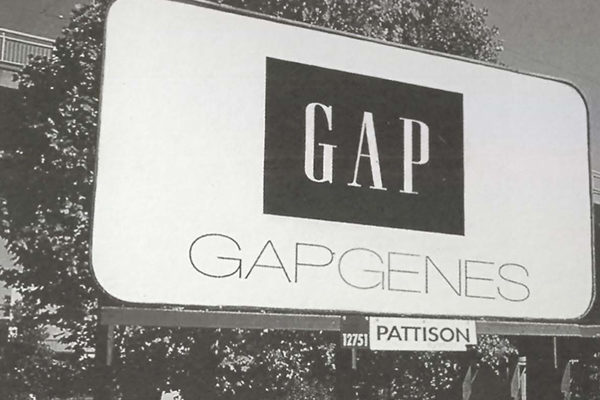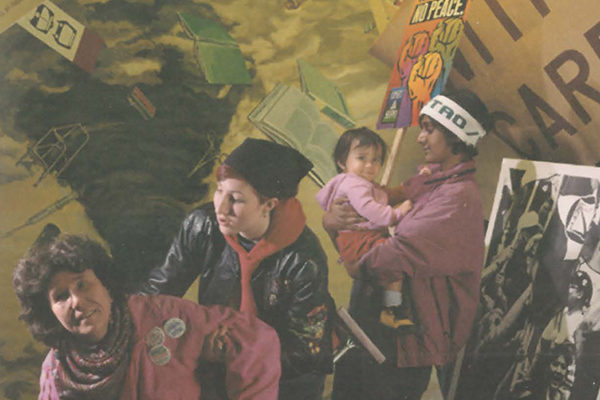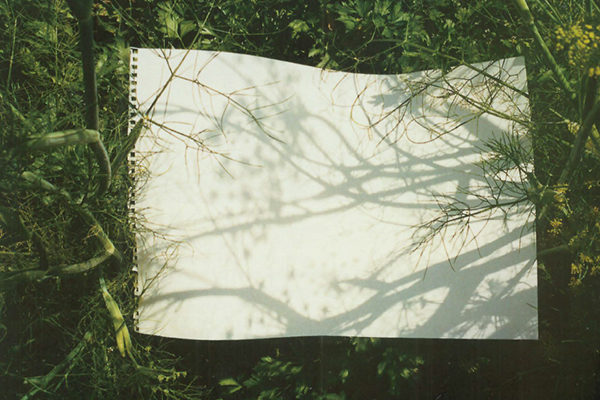What are you looking at? (2001)
Once, to be observed was considered to be attended to. Visibility was much preferable to invisibility in that it meant that your existence was noted, that you had presence and perhaps effect. But increasingly the image apparatus is being experienced as overbearing. To be visible now means to be exposed. Any time you occupy an observable space, you are vulnerable to being mechanically scrutinized. Scrutinizing space is increasing: streets, shopping malls, interior and exterior public spaces, work, even home.



